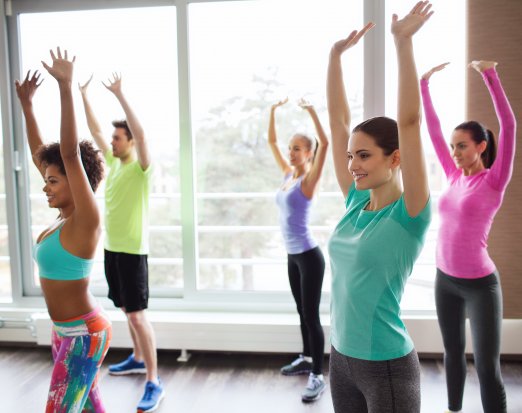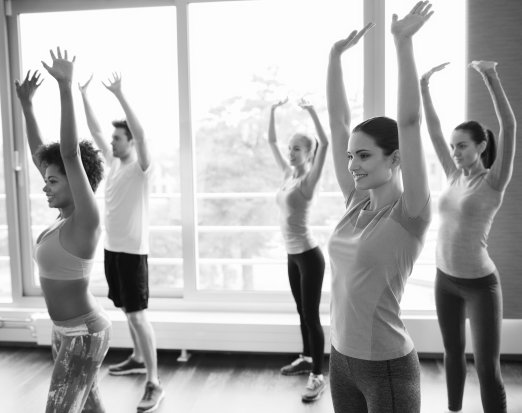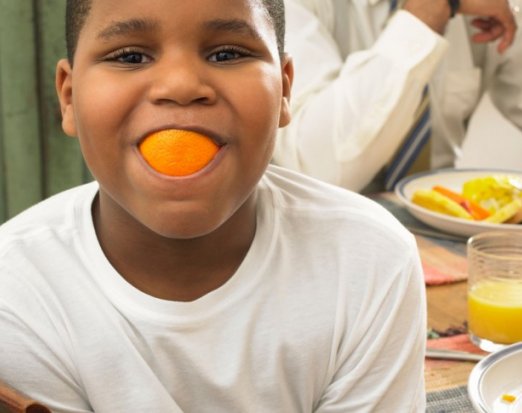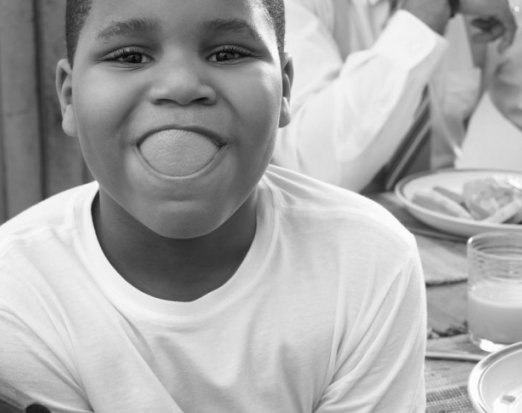How physical activity supports good mental health
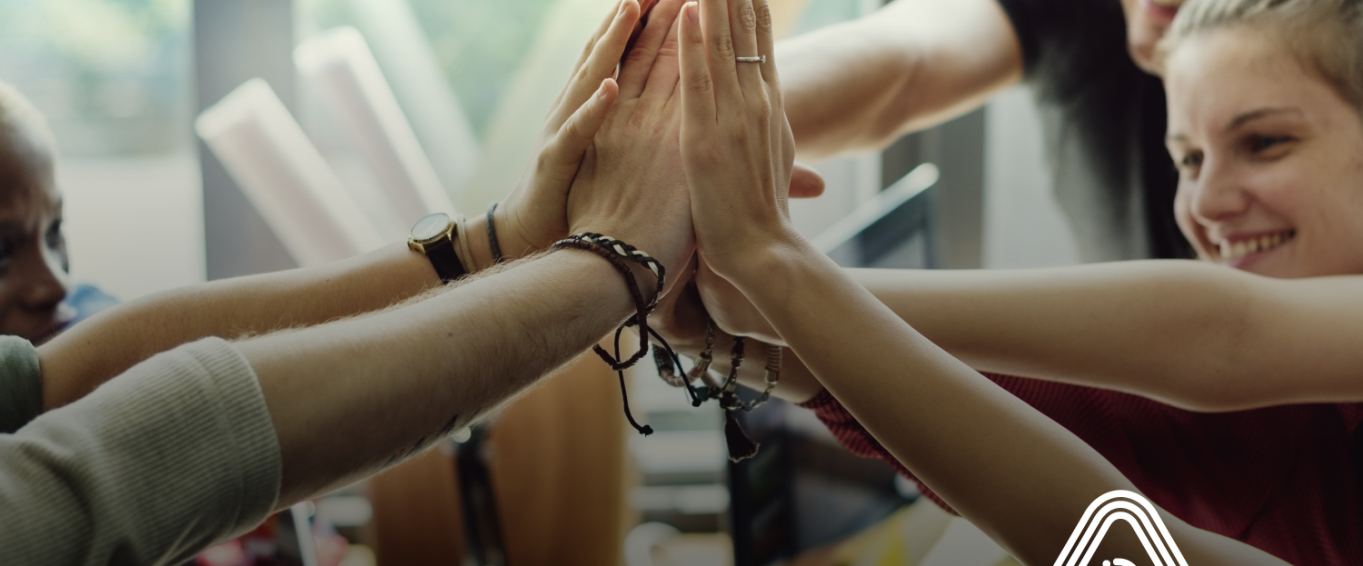
The miracle cure of physical activity has a major role to play in solving some of Britain's biggest issues, such as our ageing population and social care crisis, the future of the NHS, childhood obesity, mental health, crime and economic productivity.
With growing mental health concerns and more than double the amount of people taking antidepressants compared to a decade ago, the government revised its strategy to improve the nation’s mental health.
Speaking to the public, Prime Minister Theresa May said:
“What I am announcing are the first steps in our plan to transform the way we deal with mental illness in this country at every stage of a person’s life: not in our hospitals, but in our classrooms, at work and in our communities. This starts with ensuring that children and young people get the help and support they need and deserve – because we know that mental illness too often starts in childhood and that when left untreated, can blight lives, and become entrenched.”
Additions to the strategy include; providing secondary schools with mental health first aid training, a new partnership with employers to improve mental health support in the workplace, increasing alternatives to hospital to support people in the community including crisis cafes and investment in digital mental health services.
Although these are welcome solutions, there is no mention of using physical activity to improve mental health, despite a wealth of research proving its success. Making physical activity more accessible to people of all backgrounds, investing more in primary school PE and sports and encouraging older adults to maintain activity could make a huge difference to mental health and wellbeing of the nation.
Physical activity should be at the front of the agenda
It is foolish to ignore the strong link between physical activity and mental health.
Studies show that people who exercise regularly have reduced levels of stress and a lowered risk of depression. We also know that physical activities, especially group ones, have a positive effect on people who suffer from anxiety and depression. Humans naturally want to be included in a group, therefore group exercise allows people to bond, and release feel good hormones called endorphins, while doing an activity that improves their physical wellbeing simultaneously.
The prime minister claimed that mental health problems often begin in childhood. Therefore, a greater emphasis on school sports and PE could be the starting point to turn around poor mental health by boosting confidence, providing children with a positive outlet to relieve stress and anxiety and giving children something to focus on. Many children who suffer from poor mental health don’t get the support they need at home, joining a sports club that meets regularly after school and on weekends can significantly help by giving the children structure and friendly faces every week.
Cost-effective solution
It’s no secret that the NHS is under immense pressure to cope with the demand of chronic disease and an ageing population, therefore mental health often gets put to the back of the queue. However, physical activity is also a cost-effective way to manage mental health conditions.
In 2016, dispending antidepressants for mental health conditions cost the NHS £266.6m of its overall £9.2bn annual spend on medication. Compared to the cost of improving sports facilities, gyms and making more activities available for everyone, physical activity is a cost-effective way to manage mental health conditions.
The role that physical activity plays on mental health is significant, and as you can see, there are many cost effective and simple ways that it can be integrated into everyday life. While physical activity is certainly not a cure for depression, the government should make it a mandatory part of an ongoing wellbeing strategy for all individuals.
Like this post? You can share it on social media using the buttons below.


